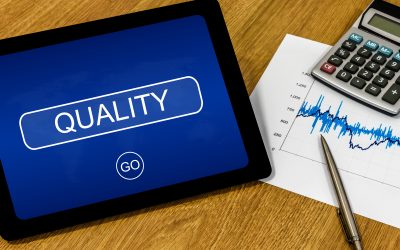Many investors and issuers are not totally familiar with the term accredited investor. However, it is a term that is central to raising capital. Private capital raises were previously confined to existing accredited investor networks. It was difficult for firms to locate those investors and for those investors to locate companies with offerings in which to invest. With the 2012 introduction of Rule 506(c) or Regulation D, access has since been opened up to accredited investors through the process of general solicitation, with the requirement that issuers of securities “take reasonable steps” to verify all their investors’ accredited status. However, as we will see below, there is not an actual accredited investor certificate provided to those qualifying for the status. Rather, prospective accredited investors undergo a verification process that simply demonstrates they are qualified.
Verifying Accredited Investor Status by the Income Method
There are a number of different ways to get verified as an accredited investor. If investors choose to get verified via the income method, they will need to use records such as tax returns, W-2’s, 1099s, K-1’s, or other documents. If these official documents are not available for some reason, they may also provide alternative evidence of income by providing pay stubs, earning statements, bank statements, or written confirmation from an employer certifying the prospective investor’s income. The latter is not an actual accredited investor certificate, but rather a statement from the employer that can be used to verify the investor’s income.
Verifying Accredited Investor Status by the Net Worth Method
If investors choose to obtain verification using the net worth method, they must provide proof of liabilities and assets. In this method, the positive value of the primary residence may not be used in the calculation of net worth. The math for investor verification is basically as follows:
- Value of assets (not including the primary residence)
- Minus debt on primary residence accumulated in previous 60 days
- Minus debt on primary residence greater than the value of primary residence (without duplicating the item above)
- Minus debt listed on credit report (without duplicating the two items above)
- Minus any other liabilities (without duplicating the three items above)
For liabilities, verifiers can review credit reports of investors to confirm those liabilities. Verifiers should also ask for a written disclosure of investors’ liabilities. For assets, investors must demonstrate they possess sufficient assets that results in a net worth of $1 million minimum, not including the value of their primary residence and after subtracting all applicable liabilities as mentioned above.
The assets could include property that is not the primary residence, vehicles, boats, art, or other things of value, bank accounts, and brokerage accounts. Proving the value of these assets will often involve providing bank statements, and other statements of certificates of deposit, tax assessments, appraisal reports, and certificates of deposit. The documentation used to verify net worth in general must not be greater than 90 days old – certain exceptions apply.
There is no official certificate provided by the SEC for accredited investors. However, a third-party verification service can provide issuers with legally acceptable documentation of the verification process in order to be in compliance.



